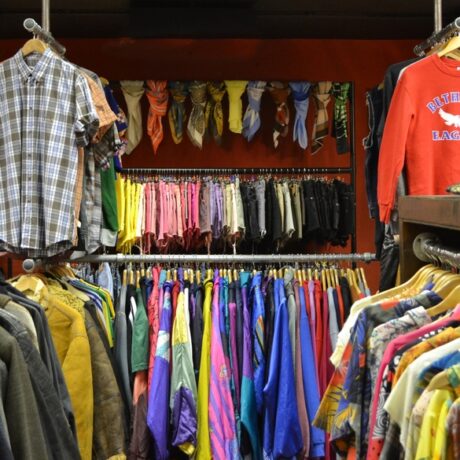Production chains, revolution, fashion
Making the production chain transparent has become a big deal in sustainability circles. Over little more than five years, the pursuit of a knowable, traceable garment supply chain has gone from being a bit of a kooky and idealistic venture to now almost a pre-requisite of being in business.
The logic behind the pursuit of transparency is undeniable: how can you possibly hope to improve the efficiency of your operations, know that your supplier factories have safe building structures, guarantee that workers are fairly paid, etc., if you don’t know who is doing what, where, when and how? New web-based interfaces, track and trace technologies and databases are powering the collation and management of this information. They act as a feedback loop, channeling information as a potential lever of change. Depending on which brand is gathering the data, some are sharing it publicly and in great detail, like Bruno Pieters’ Honest by. It seems like we are becoming more informed and maybe even a little more imaginatively connected with the manufacture and distribution of our clothes.
Yet a couple of centuries ago such connections were a commonplace. Our ancestors would have known the precise history and origin of the few things they owned as well as the people and tools involved in making them. And today in some crucibles of commercial exchange like the farmer’s market; human relationships, eye contact and knowledgeable conversation is thriving. Across a table of vegetables or stall of baked goods there is connection between buyer and seller forged over skilled production, geography, provenance and ingredients. But such trusted human connections get severed when things are scaled up: it’s impossible to sustain relationships across a colossal, globally spread, multi-part supply chain. So in lieu of direct human connection, we have generated data.
Yet, here is where this model of the world and our knowledge of reality part company. We do not have computers for brains. We do not make purely rational decisions. We do not know how to crunch data about transport routes, compare it to wage rates, the cost of a button or trim and then take action. The presumption that we are homo economicus and are narrowly self-interested and act rationally to optimise our choices does not hold. We are greater than this standard economic model. Our actions are driven by stories and established routines, cultural conditioning, socially-derived choices and individual experience; not only logical calculation.
Instead at this time of revolution for the fashion sector, where we remember the appalling loss of life and livelihoods in the Rana Plaza clothing factory collapse (and others like it), and level the laser of scrutiny and awareness at the production chain, perhaps now is a good time to revisit Wendell Berry’s fabulous poem Manifesto: The Mad Farmer Liberation Front (1991):
(…)So, friends, every day do something
that won’t compute.(…)
Ask the questions that have no answers.
Invest in the millennium. Plant sequoias.
Say that your main crop is the forest
that you did not plant,
that you will not live to harvest.
Say that the leaves are harvested
when they have rotted into the mold.
Call that profit.Prophesy such returns (…)
Extract from original post which can be found on Kate Fletcher’s blog






